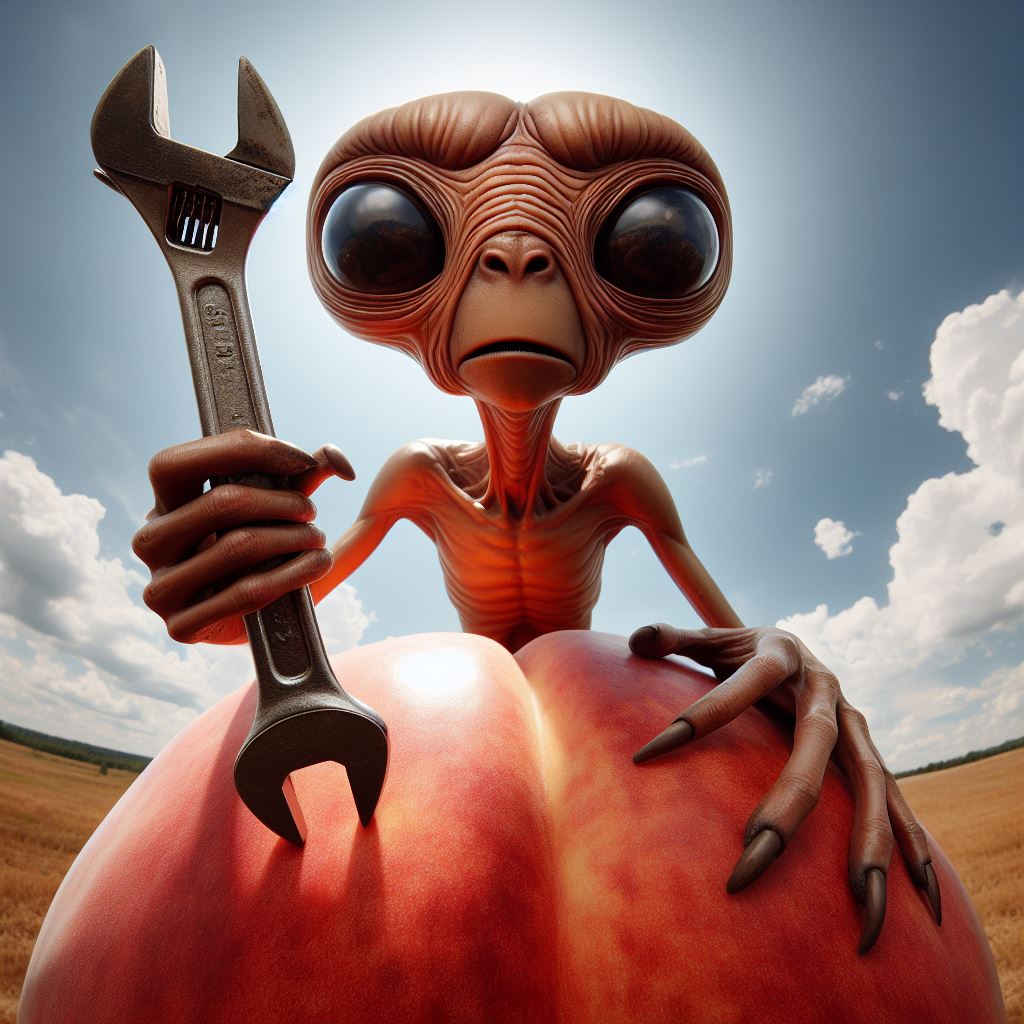BOSTON – The Boston Public Library, an iconic institution that attracts dozens of visitors a year, has recently discovered an alarming infestation of bookworms. These insidious critters have been devouring books for years, going unnoticed because the few readers within the city have unanimously switched to eReaders. The library, now predominantly used by the homeless population accessing the internet for pictures of ladies in their underwear, has become a refuge for these myterious pests.
Discovery by Librarian Sally Toomes
The discovery was made by vigilant librarian Sally Toomes. While doing her routine check, she noticed a book lying on the floor. When she picked it up, she was startled to find it hollow, its pages reduced to a mushy pulp. Closer inspection revealed the presence of strange insects thriving on the musty, old paper. These insects, originally misidentified as worms, are actually more akin to centipedes but have been colloquially dubbed “bookworms.”
The Peculiar Appetite of the Bookworms
Interestingly, these bookworms seem to have a peculiar taste for poorly written books that critics and literary enthusiasts often pretend to enjoy. Works by authors like Cormac McCarthy and David Foster Wallace, known for their complex and pretty much awful narratives, appear to be a favorite delicacy for these critters. The irony is not lost on the literary community, as the bookworms seem to thrive on books that many readers find challenging to digest. Most are just happy to have an excuse to have abandoned Infinite Jest.
The Spread of the Infestation
As of the latest reports, the infestation has spread beyond the confines of the Boston Public Library, reaching into the surrounding suburbs. However, the pervasive distraction of modern technology means that few have noticed. Most people, absorbed in their smartphones and the ubiquitous presence of Dunkin’ Donuts iced coffees with a dizzying array of flavor swirls, remain oblivious to the creeping menace of these literary devourers. Home bookshelves may be affected, but they are so little used that nobody interviewed could remember the last time they opened a physical book at home.

The Nature of the Bookworms
Despite their common name, these bookworms are not worms at all. They are likely a type of centipede, distinguished by their numerous legs and rapid movement. However, the term “bookworm” has stuck, primarily due to its historical use to describe any insect that feeds on books. These centipedes thrive in the dark, undisturbed corners of libraries, where old, rarely touched books provide the perfect breeding ground.
Impact on the Boston Public Library
The Boston Public Library is now facing a significant challenge. The infestation has led to the destruction of countless volumes, many of which hold historical and educational value, at least according to the eggheads behind the desk. Efforts to eradicate the bookworms are underway, but the process is painstaking and involves noxious poisons that even the homeless find objectionable. The library staff is working tirelessly to identify and quarantine affected areas to prevent further spread, but most observers believe it’s a lost cause, and that it’s time to give up on libraries altogether.
Franklin Carson




